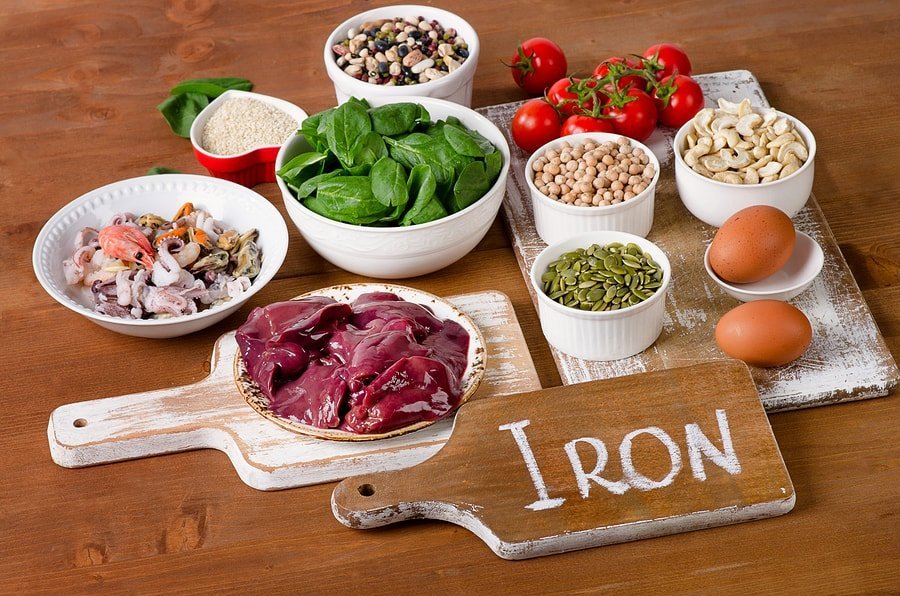
What are the best ways to raise my iron levels quickly?
Raising your iron levels quickly involves a combination of dietary changes, supplements, and lifestyle adjustments. Here are some of the most effective ways to boost your iron levels:
1. Consume Iron-Rich Foods
Heme Iron Sources
Heme iron, tracked down in creature items, is all the more handily consumed by the body contrasted with non-heme iron from plant sources.
Some excellent sources include:
Red Meat: Beef, lamb, and pork.
Poultry: Chicken and turkey.
Seafood: Oysters, clams, mussels, and fish.
Non-Heme Iron Sources
For those who prefer plant-based options, include:
Legumes: Lentils, chickpeas, beans.
Leafy Greens: Spinach, kale, and Swiss chard.
Nuts and Seeds: Pumpkin seeds, sunflower seeds, cashews.
Entire Grains: Quinoa, earthy colored rice, and sustained oats.
2. Pair Iron with Vitamin C (Iron level)
Vitamin enhances the absorption of non-heme iron. To maximize absorption, pair iron-rich foods with vitamin C-rich foods:
Citrus Fruits: Oranges, lemons, grapefruits.
Berries: Strawberries, blueberries, raspberries.
Vegetables: Bell peppers, broccoli, Brussels sprouts, tomatoes.
3. Avoid Inhibitors of Iron Absorption
Certain substances can inhibit iron absorption. Be mindful of consuming these around iron-rich meals:
Calcium: Dairy products, calcium supplements.
Tannins: Found in tea and coffee.
Phytates: Found in whole grains and legumes, though soaking and fermenting can reduce their impact.
4. Use Iron Cookware
Cooking with cast iron pans can increase the iron content of your food, especially when cooking acidic foods like tomato sauce.
5. Iron Supplements
If dietary changes are insufficient, consider taking an iron supplement. It’s ideal to talk with a medical care supplier to decide the suitable dose and type.
Common forms of iron supplements include:
Ferrous Sulfate
Ferrous Gluconate
Ferrous Fumarate
6. Fortified Foods
Incorporate iron-fortified foods into your diet, such as cereals, bread, and pasta. Check food labels to find products that are fortified with iron.
7. Monitor Your Intake
Keep track of your iron intake and symptoms. If you’re not seeing improvement or if symptoms persist, consult with a healthcare provider to ensure there isn’t an underlying condition affecting your iron levels.
8. Address Underlying Health Issues
Certain health conditions, such as gastrointestinal disorders, can affect iron absorption. If you suspect an underlying issue, seek medical advice for proper diagnosis and treatment.
9. Avoid Excessive Intake
While it’s important to raise iron levels if they’re low, excessive iron intake can be harmful. Symptoms of iron overload include joint pain, fatigue, abdominal pain, and organ damage. Continuously follow suggested measurements and talk with a medical services supplier.
Conclusion
Raising your iron levels quickly involves a multifaceted approach that includes consuming iron-rich foods, enhancing absorption with vitamin C, avoiding inhibitors, considering supplements, and addressing any underlying health issues. By incorporating these strategies, you can effectively boost your iron levels and improve your overall health.
For more information: https://gleasonhealthcare.com/
